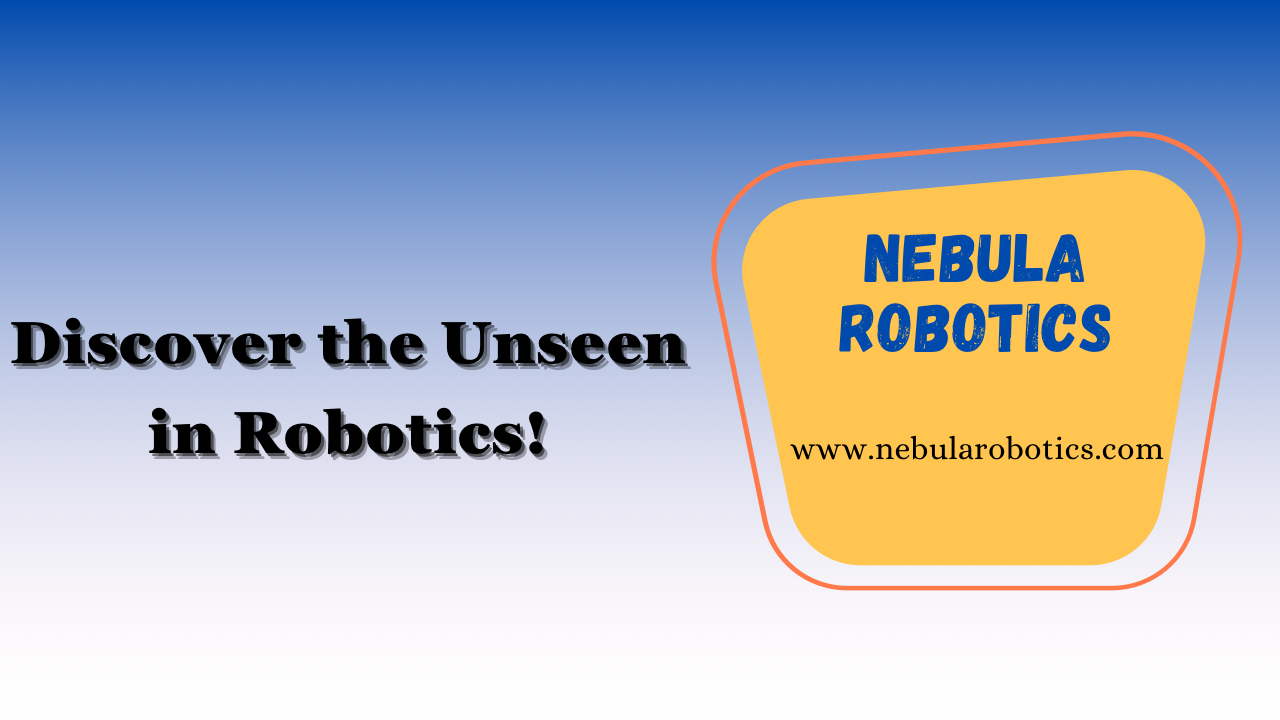If you're contemplating the investment in screwdriving automation, it's natural to question whether the advantages align with your specific requirements. Is incorporating a collaborative robot the right choice for your business?
Screwdriving automation often carries the misconception of being complex, costly, and burdensome. Many envision large, inflexible automated machines limited to a narrow range of operations. There's a prevailing belief that automation primarily suits manufacturing businesses with high-volume, low-variability production.
However, collaborative robot screwdriving offers a remarkably accessible solution applicable to nearly any business. Unlike traditional approaches, cobots can adapt to diverse scenarios, accommodating both high-mix and low-volume manufacturing needs.
Embracing collaborative robot screwdriving brings forth a myriad of benefits that can positively impact your operations.

Limitations of Conventional Screwdriving Automation
The conventional approach to screwdriving automation was primarily designed to cater to mass production settings, making it ill-suited for other types of manufacturing processes. This approach typically involves several components, including screw feeder units for each screw type, single or multi-spindle screwdriving units, a pneumatic or electric driver, and automated feeders for workpiece movement. However, these components often demand significant space and financial investment.
One major drawback of conventional screwdriving solutions is their lack of flexibility. Each spindle can only accommodate a specific screw type, making it challenging to adapt the system for different applications. Reprogramming such machines is also complex, often requiring the expertise of an automation specialist. Consequently, deploying these systems alone can be exceptionally difficult.
Moreover, the lead time for implementing conventional screwdriving automation tends to be lengthy, ranging from 8 to 17 weeks. This prolonged duration can pose constraints on businesses seeking swift deployment of automation solutions.
Benefits of collaborative robots screwdriving
Collaborative robot screwdriving offers several benefits compared to traditional screwdriving methods. Here are some of the key advantages:
Increased productivity: Collaborative robots can work alongside human workers, providing assistance in screwdriving tasks and increasing overall productivity. By automating the screwdriving process, robots can perform repetitive tasks with high speed and accuracy, reducing cycle times and boosting production output.
Ergonomic benefits: Manual screwdriving can be physically demanding and repetitive, leading to fatigue and potential injuries for human workers. Collaborative robots can relieve workers from such strenuous tasks, reducing the risk of musculoskeletal disorders and improving overall ergonomics in the workplace.
Flexibility and adaptability: Collaborative robots are highly flexible and can be easily programmed and reprogrammed to handle different screwdriving tasks. They can accommodate various screw sizes, types, and configurations, allowing for quick and seamless changeovers between different production lines or product variants.
Cost-effectiveness: While collaborative robots may require an initial investment, they can provide long-term cost savings. By automating screwdriving processes, companies can reduce labor
Trusting us can be fruitful
Getting started with your first screwdriving robot can be an exciting endeavor. However, it is important to have the necessary expertise and knowledge to ensure a successful robot deployment. The installation process can be straightforward if you understand the key steps involved.
Dive into the new world of automation with Nebula Robotics
Contact us:
Email:
Phone:
(+91) 9137250668
Website:
https://www.nebularobotics.com/
LinkedIn:
https://www.linkedin.com/company/nebularobotics/

.png)

